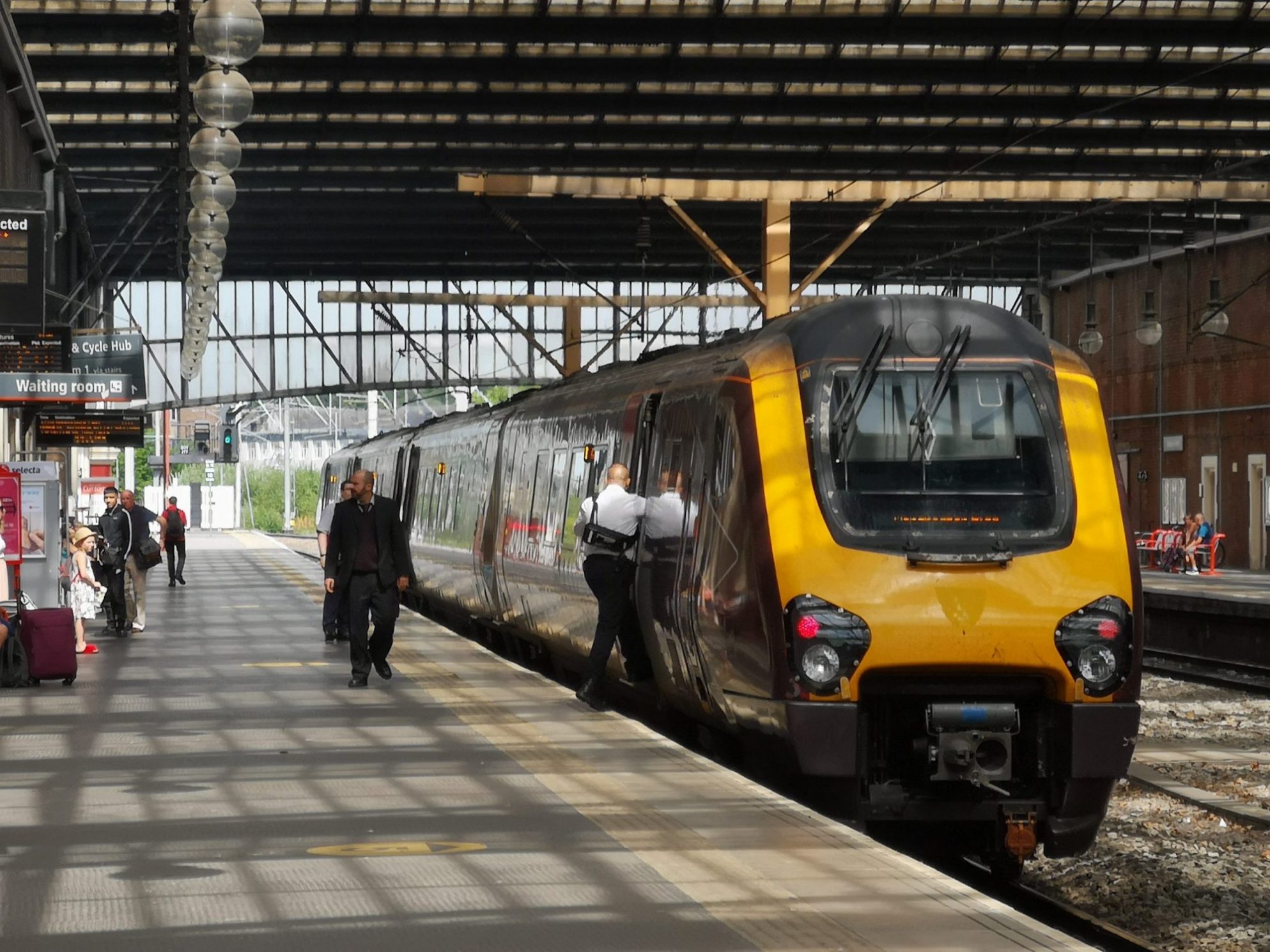
Is rail franchising running out of steam?
Last autumn’s announcement of a root and branch review by Keith Williams to transform Britain’s railways had an immediate impact.
There was a collective sigh from weary and long-serving railway people, who perhaps saw the can being kicked even further down the road. There were also some restless days for those who invest in the certainty of return that a cohesive and efficient transport infrastructure – and associated franchises – can deliver.
Building on the government’s franchising strategy
The government’s own objectives for the review are to “build on the government’s franchising strategy — bringing track and train closer together to reduce disruption and improve accountability, and considering regional partnerships and how we can use innovation to improve services and value for money for passengers.”
Chris Grayling has been pretty explicit since the last conference season that the current process is not “fit-for-purpose”. He has also been known to voice criticisms of his own department, where, according to Williams, micromanagement of franchisees frequently occurs.
Prior to the review, in June 2018, the InterCity East Coast franchise had made one of its regular swerves between public and private ownership, when Virgin handed back the keys. The Department for Transport (DfT) – under the guise of LNER – took over the operation, stating an intent to create a new public-private partnership, perhaps next year. Although who, other than the DfT, will be holding the keys when the Williams Review concludes remains to be seen.
The review will not be published until later this year but another early casualty could well be the Cross Country franchise. Because Cross Country has a wide geographic spread, covering Aberdeen to Penzance and over 100 places in between, it cuts across multiple parts of the railway. The award – due in 2019 – could hinder any activities or actions that the review recommends. So Cross Country customers are likely to be travelling on the unloved Voyager trains for some time to come, and the existing franchisee, it seems, will continue on a ‘caretaker basis’ until further notice.
But when the Review was announced in September 2018, the Department also stated that “All other ongoing franchise competitions and other live rail projects are continuing as planned.”
The future of rail franchising
Fast forward to February 2019, and the announcement of a direct award made to East Midlands Trains, went relatively un-noticed against the political turbulence being experienced elsewhere. The direct award means that trains between London St Pancras International, Northamptonshire, the East Midlands, Lincolnshire, Staffordshire and South Yorkshire will continue to be served by East Midlands Trains until the middle of August 2019. The secretary of state also has the legal power to extend this agreement by up to a further six rail periods.
The DfT stated that; “This direct award will ensure a smooth transition from the current operator to the next franchise which is expected to deliver significant passenger benefits including more services and seats across the franchise, in addition to better facilities and further improved accessibility at stations…”.
This would, however, appear to be only half the story. As the curtain comes down on the use of High-Speed Trains on most long-distance routes, East Midlands seems curiously exposed, as – in contrast to Great Western and LNER – there are no concrete rollout plans for a new fleet. This wouldn’t be a great concern were it not for the fact that time is running out for ‘slam door’ rolling stock. In effect, accessibility legislation bans the fleet as of 31 December 2019. There is a workaround – used on heritage trains – but that requires staffing each door to operate them manually. And in these straitened times, who will foot that bill?
This is in stark contrast to the announcements made back in 2017 that the “…next operator will be required to deliver modern, fast and efficient intercity and commuter trains, including a brand-new set of bi-mode intercity trains from 2022, maximising the benefits of the largest upgrade of the Midland Main Line since it opened in 1870…”
The contradictory approach continued with a claim that continuing use of diesel trains “…will improve journeys sooner, without the need for wires and masts on the whole route…”. Although it would be interesting to understand how this aligns with the government’s own environmental aspirations.
Whether these actions are carefully-contrived elements of a wider, unstated plan to anticipate Williams’ recommendations – and quietly side-line the existing processes – or just Whitehall taking its collective eye off the ball in the face of bigger issues is yet to be revealed. However, there are some potentially serious implications of delaying the franchise processes, with the main one being that there are no significant rolling stock orders made until after the Williams review.
Replacement of rolling stock appears to be a pre-requisite of a successful franchisee, yet such stock cannot be conjured up from thin air. A successful rolling-stock replacement programme can take years, and, assuming that off the shelf stock from overseas is not the default, provide much-needed employment for UK workers. A botched replacement plan leads to a feast or famine situation, where factories either lay off workers, or close down entirely.
In such a case, the real victims wouldn’t be weary commuters on ancient trains, it would be the skilled UK workers put out of work through no fault of their own. This places the UK at a disadvantage once orders resume and new off the shelf trains are purchased from overseas manufacturers – or shipped over in crates as kits – denying opportunity to the supply chain.
And in the UK’s current precarious position, can we really afford to let that happen?
This article was written by one of our Directors, Lucy Battle, and appeared in Rail Professional magazine on 28 March 2019.
Learn more about the work we do for clients in the transport sector here.
